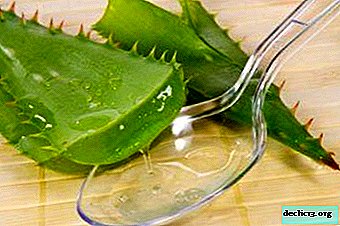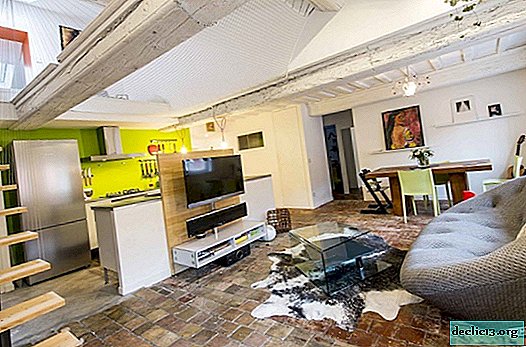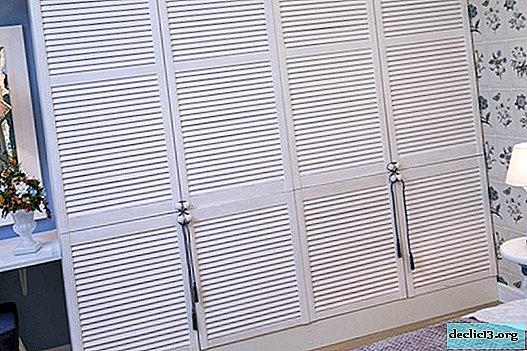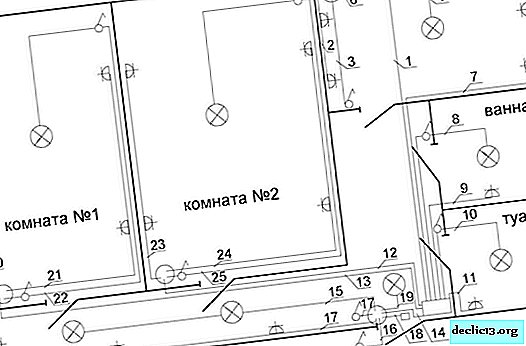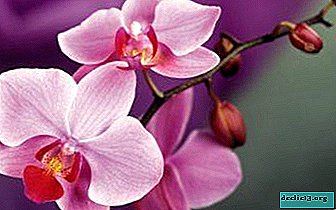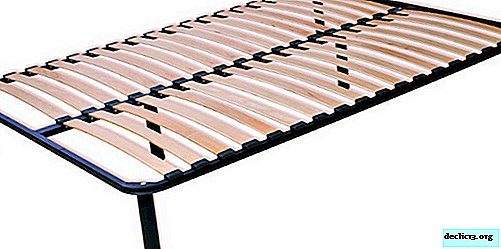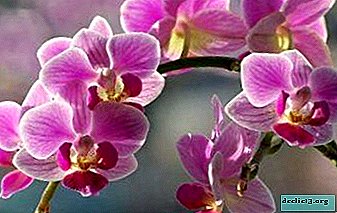The most popular types of hybrid hibiscus and the features of their cultivation
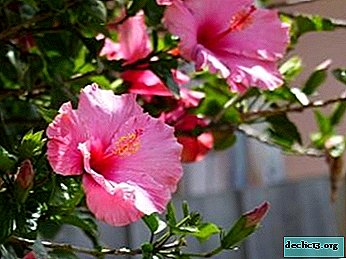
The stunning appearance of large bright hibiscus flowers leaves no one indifferent.
This long-standing representative of the beautiful Malvov family is found both in the wild and in the cultivated flora.
The flowers of this plant do not tire of pleasing the eyes of gardeners for a long time. And immunity to temperature extremes makes this species very popular in our latitudes.
A variety of colors and sizes allow you to organically fit this flower into any landscape and make an amazing design in your garden.
Popular hybrids and varieties
Copper King

Perennial grass hibiscus. The hybrid was bred by the Fleming brothers from Lincoln, Nebraska, USA.
Able to withstand temperatures up to -34 degrees. Winters without shelter. For the winter dies, winters with buds in the ground.The bush is high - up to 100-120 cm, compact, slightly rounded. Foliage of copper-red color, large flowers, up to 30 cm in diameter, white-pink in color with red veins and a red center. Flowering time - from July to October.
Prefers sunny or slightly shaded areas.. In order for the bush to look aesthetically pleasing and for its general health, it is advisable to pinch out its obsolete flowers. Before wintering, cut the stems by 10-15 cm, with the advent of spring they will begin to grow intensively.
Plum Crazy

"Crazy plum." Perennial hibiscus. The bush reaches a height of 85-90 cm, the shoots are strong. Huge flowers, with corrugated edges, about half a meter in diameter, have plum color with dark purple streaks. The middle of the flower is darker than the petals.
The plant prefers a sunny place, protected from the winds, but, nevertheless, with good air circulation, which ensures the appearance of a large number of flowers of better quality.
The variety is resistant to disease. Winter hardiness - up to -34 degrees.Flowering time - from June to October.
Old Yella

Perennial grassy hibiscus.
Able to withstand cooling to -34 degrees, does not need shelter for the winter.The bush is tall, up to 100-120 cm, compact, strong and slightly rounded.
The flowers in the state of the bud are creamy in color, when completely dissolved, they become creamy lemon-white with a little red eye. A flower with a diameter of 30 cm, wavy petals are found one on top of the other.
Leaves 3-5 are palmate, outwardly resemble maple leaves. The green color of the foliage in the sun takes on a purple hue. Strong shoots, resistant to disease
Robert Fleming

Perennial winter-hardy shrub reaching a height of 1.5 - 1.7 m. The flowers are large 25-30 cm, red-burgundy color. Flowering begins in July and continues until frost. The variety can be planted in spring and autumn; it takes root well under any conditions.
Not whimsical, gratefully perceives fertilizers. It can grow in partial shade, but gives the most beautiful flowering only if planted in bright areas.
For winter, you need to cut and spud. Late spring gives new sprouts.Cranberry Crush

Translated means "cranberry pulp." The variety is winter hardy. The bush is 100-120 cm tall, compact, strong, and slightly rounded.
Strong shoots, resistant to disease.Flowers of saturated cranberry color. Wavy petals are found one on top of the other. In the center is a dark red spot. A flower with a diameter of 30 cm. Flowering time - from June to October.
Fireball

Perennial plant able to tolerate thirty degrees of frost. The trunk is erect, powerful, and can reach 2.5 meters in height. The leaves and flowers are large, about 30 cm wide, so the plant does not look densely leafy.
Hibiscus foliage of this variety is a bit similar to sunflower foliage. A flower usually has five petals facing each other. After flowering, seeds remain in boxes.
Satellite

Below other hybrid species, its height does not exceed 75 cm. The young plant has dark green foliage with purple streaks. Over time, under the influence of the sun, the entire leaf becomes green-purple.
Flower with a diameter of 25 cm - raspberry and lilac colorpetals are found on top of each other.
Kui Nuku

Shrub 90 cm tall. The foliage is dark green, with time it becomes dark purple. The diameter of the flower is 25 cm. The petals are pink-lilac in color, there are five of them on one flower and they are found one on the other.
The core of the flower is darker, closer to raspberry.
It winters well in mulched soil at a temperature of -30 degrees.Small Wonders

The bush of medium height is 75-90cm, compact with dark green foliage, closer to the edges with a burgundy hue. The flowers are large, 25 cm in diameter, milky white with a raspberry core.
The variety is resistant to low temperatures.Little Prince

Low hybrid, its height does not exceed 60 cm. The foliage of the plant is saturated green, and the diameter of the flower is approximately 30 cm. Flowering is plentiful and long.
A small bush is literally strewn with flowers that give the plant an exotic look. Flowering begins in the spring and continues until late autumn.
Care Features
- Hibiscus loves regular spraying with water. The procedure is best done in the morning or evening.
- Watering is carried out daily, once in normal weather and twice in arid.
- Regular top dressing throughout the growing season will contribute to the healthy development of the bush and abundant flowering. In the second half of summer, potash fertilizers are especially important.
- Adult bushes necessarily need pruning. This is done to shape the bush and to enhance branching.
- If a hibiscus transplant is required, then you need to do this in the spring, when the shoots grow in height by no more than 10 cm. If you plant a taller plant, it will take root for a long time.
- In the second half of summer, the shrub should be raked and sand added under it.
- Before wintering, the hibiscus is cut off, leaving a little above-ground parts, covered with three layers of spruce branches, tied and wrapped in burlap branches.
Landing rules
Hybrid hibiscus is quite hardy, so it can be grown even in the temperate zone of the European part of Russia. It is best to plant it in an open place, protected from the winds, which are also abundantly exposed to sunlight. The soil must be fertile and well-drained..
The best way to plant is with cuttings.For this, material from the tops of new shoots having 2-3 internodes is used. Planting material is placed in water or a substrate. and after about a month you can observe the appearance of roots. This is a sign that a young plant can be transplanted into the ground.
Hibiscus looks spectacular in both single and group plantings.
For all its decorative exclusivity, hibiscus is characterized by simple agricultural technology and the ability to survive even in extremely low temperatures. Therefore, even a novice gardener will cope with its breeding on the site.




